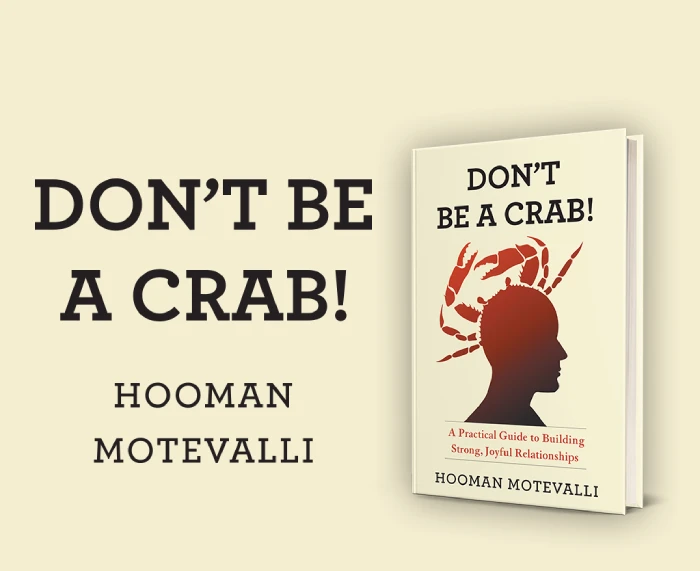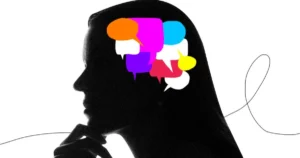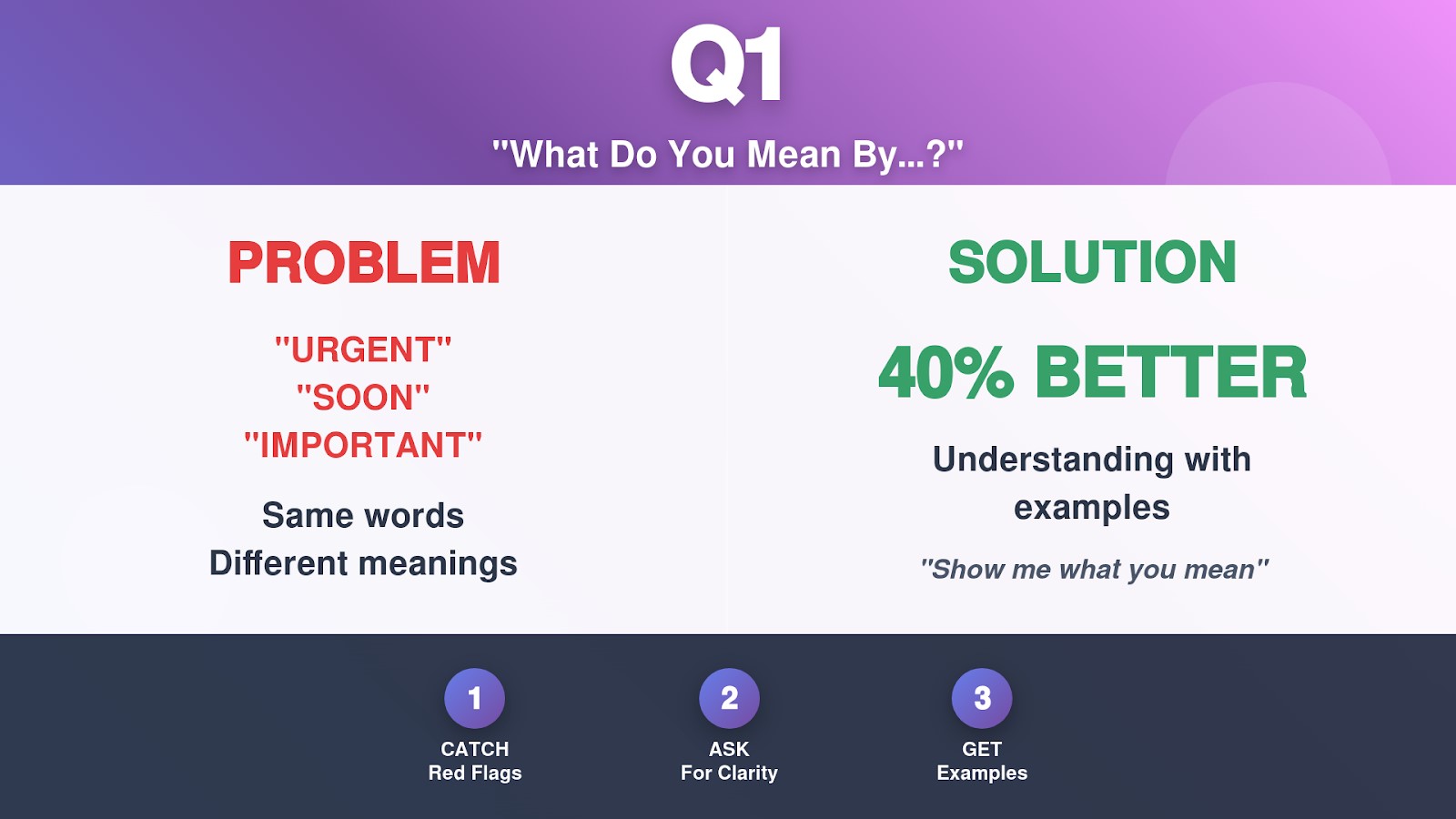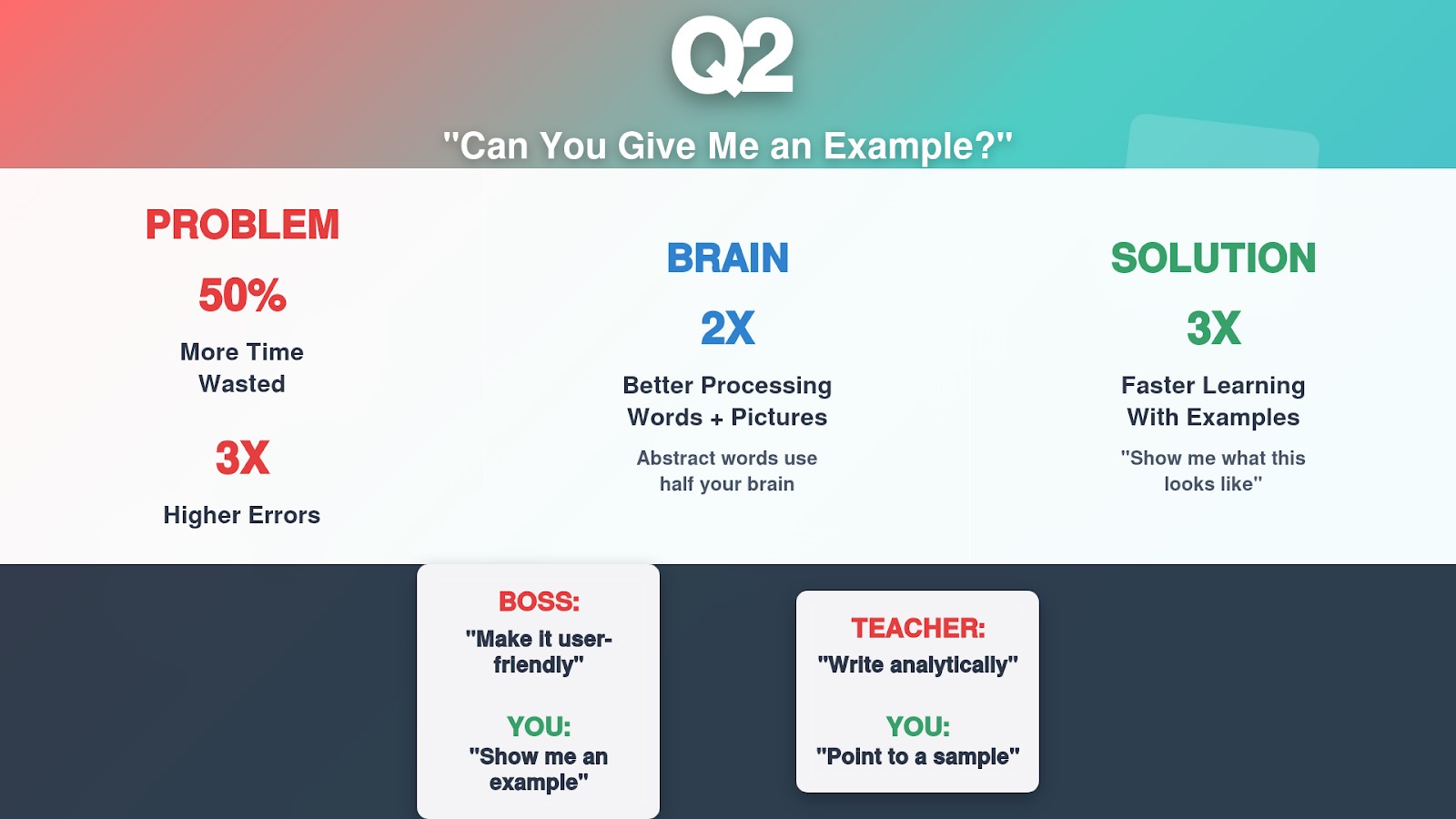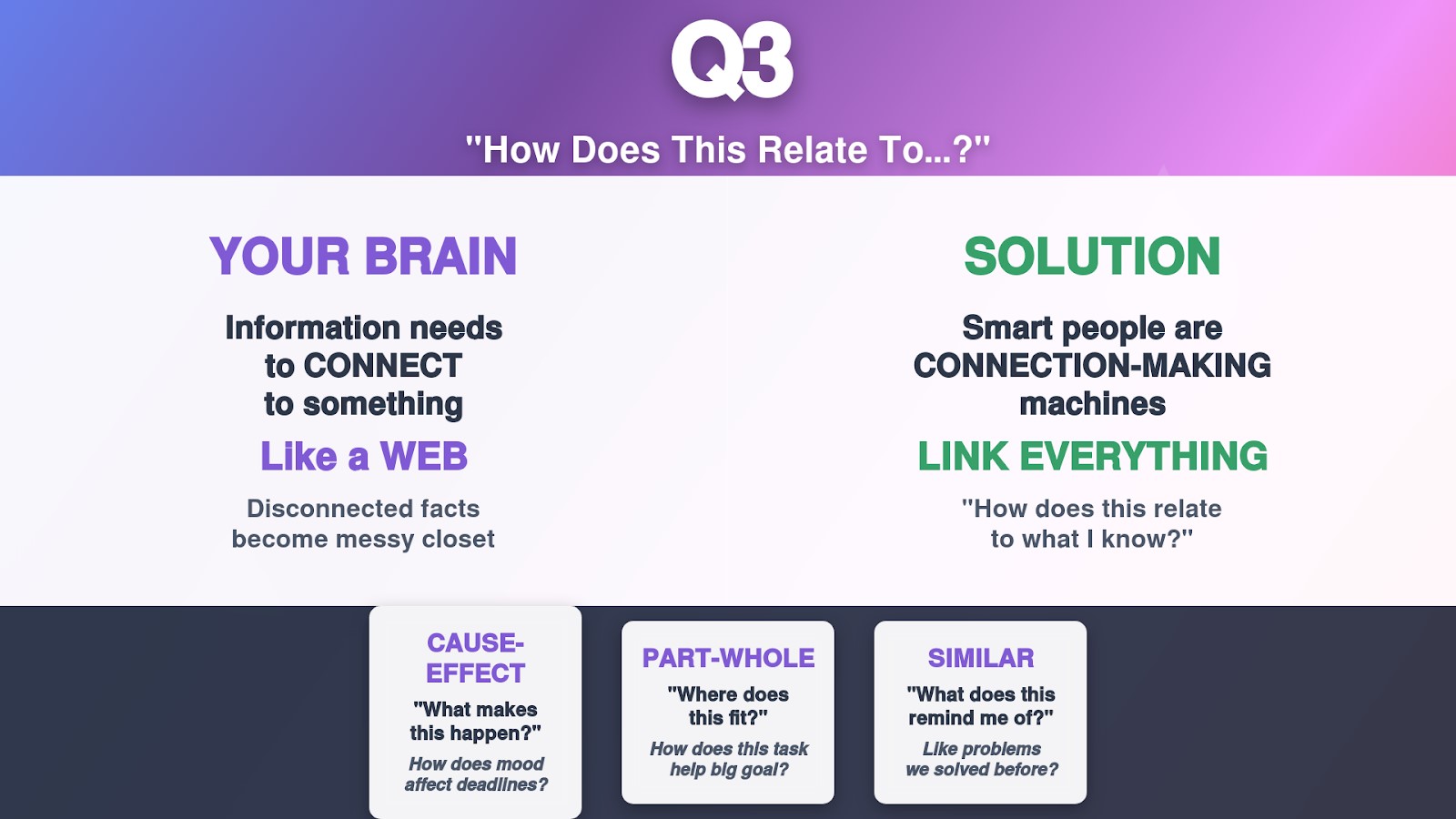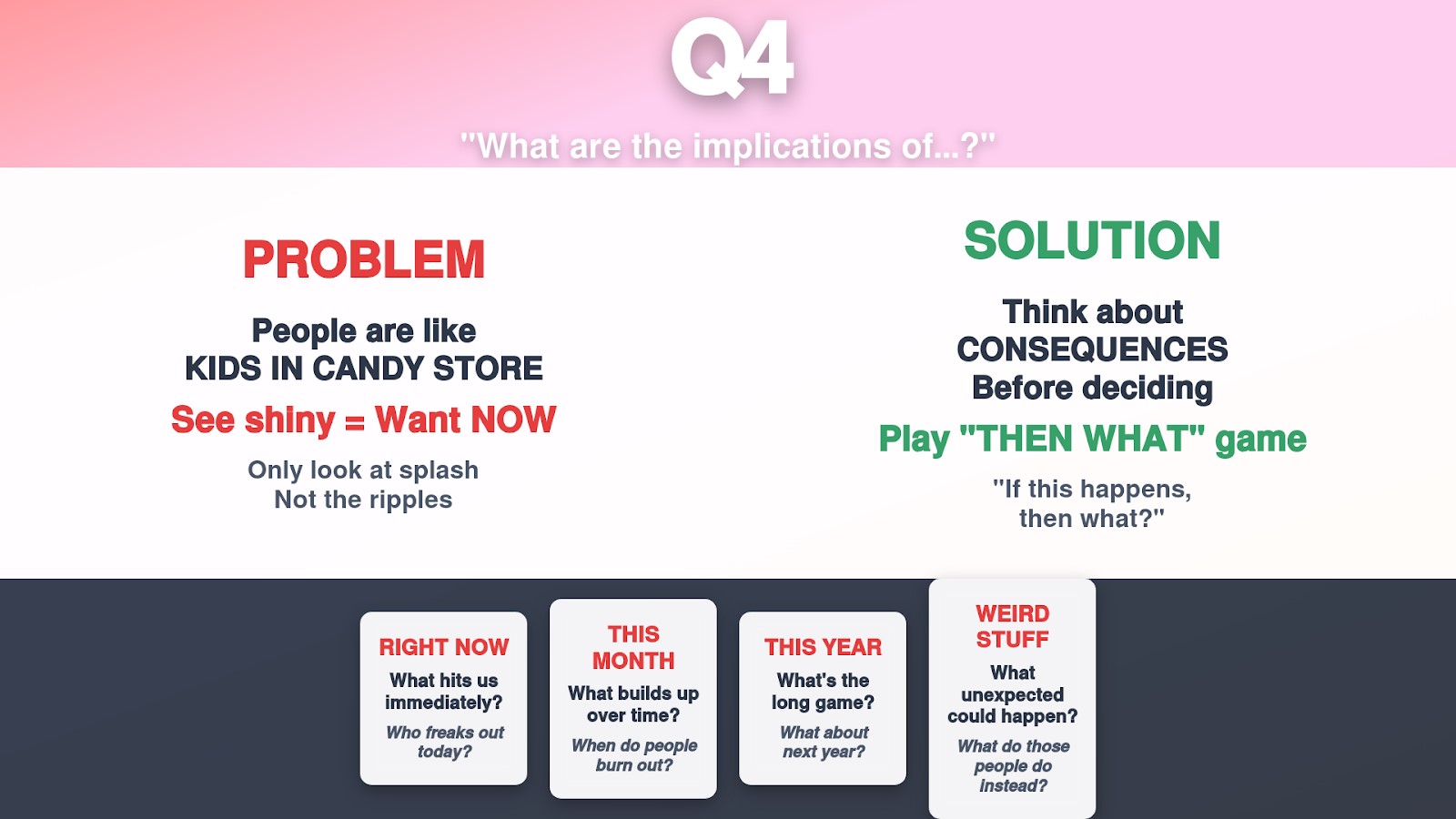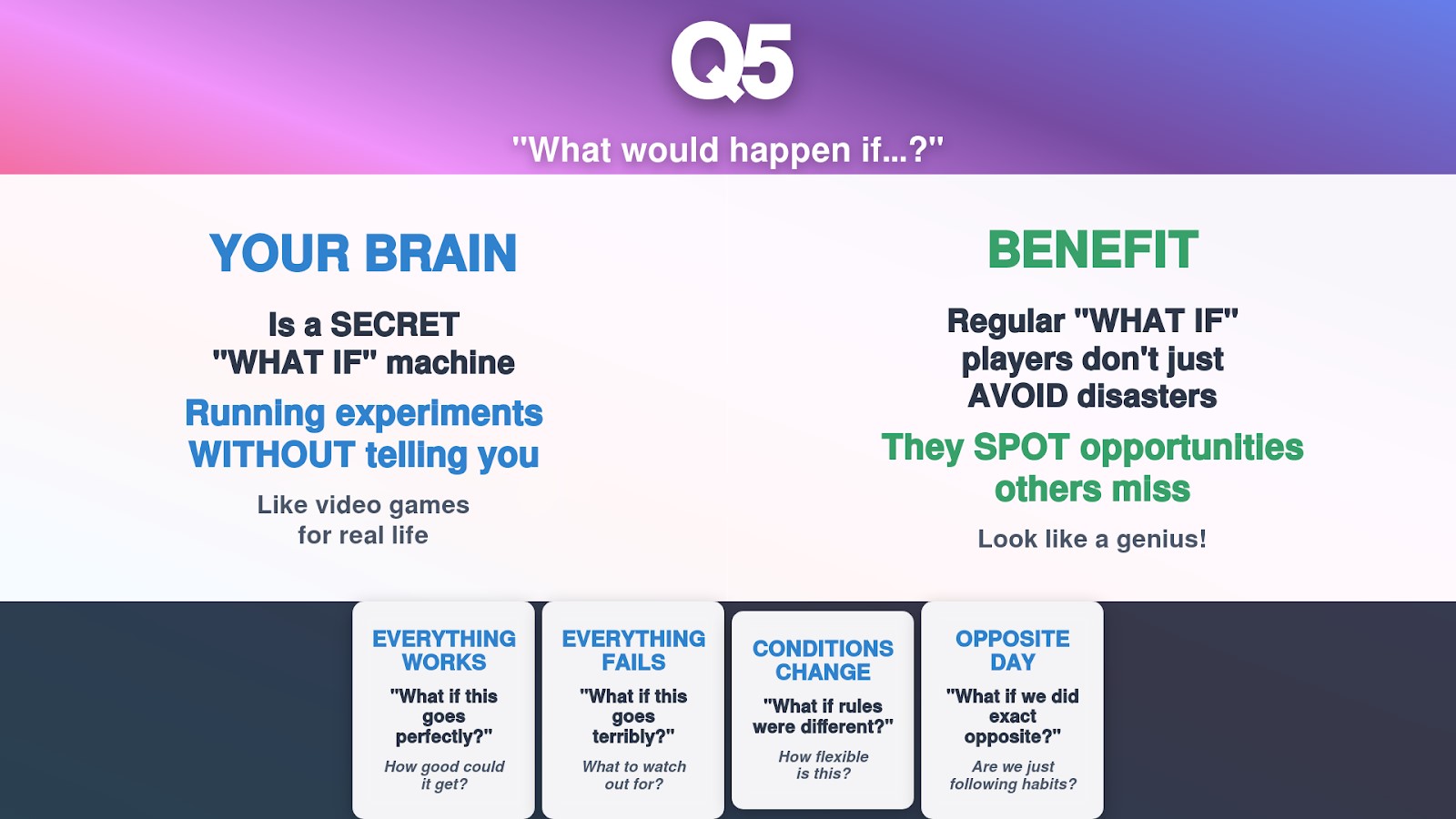Of course, you might have been in a conversation where everyone is nodding like they totally get it, but you’re thinking, “Wait, what are we talking about?” It turns out that most people are just great at acting like they get each other. So yes, Sometimes, people nod along but don’t really hear us — learning how to recognize when someone truly listens can transform your conversations. Our blog on active listening shares tips to spot genuine engagement.
Every year, businesses lose millions of dollars because Bob thought “urgent” meant tomorrow, and Sarah thought it meant right now. Honestly, though, it’s not hard to ask good questions; we just don’t learn how to do it.
You don’t need to talk more or harder; you just need to ask the right questions at the right time. These 5 easy questions will help you understand each other better in talks that are getting confusing.
Question 1: “What Do You Mean By…?”
Herbert Clark found out that the way people talk to each other is very strange. Our minds think that everyone knows what we know, even if they don’t. For practical ways to reduce this mental noise and build clarity in your communication, check out the book Don’t Be a Crab.
He talks about this as “shared ground,” but really, we just guess what the other person gets. Keysar also revealed that our minds build assumptions about what others are saying based on what we already know.
When your boss says “important,” your mind immediately makes up a meaning. But what did your boss really mean?
The Problem: Same Words, Different Worlds
Wilkes-Gibbs and Clark watched people describe weird shapes to each other. After a few tries, long descriptions became short codes like “the dancer.”
But when new people joined, the original speakers kept using “the dancer,” and the newcomers had no clue what they meant.
This happens everywhere:
| Word | Person A Thinks | Person B Thinks | The Confusion |
|---|---|---|---|
| “Soon” | Next week | In 5 minutes | Missed deadlines |
| “Expensive” | Over $100 | Over $20 | Budget fights |
| “Clean” | Organized | Spotless | Relationship drama |
How to Fix It: The Simple 3-Step Method
Step 1: Catch the Red Flags
When you hear these danger words, stop and ask:
- Vague words: “good,” “bad,” “important,” “urgent”
- Technical terms: “optimize,” “leverage,” “synergy”
- Time words: “soon,” “later,” “quickly”
- Money words: “cheap,” “expensive,” “reasonable”
Step 2: Ask Without Looking Dumb
Clark’s research shows communication works better when both people feel safe. Use these phrases:
- Instead of: “I don’t understand”
- Say: “When you say [word], I want to make sure we’re on the same page.”
AND
- Instead of: “What does that mean?”
- Say: “I’ve heard [word] used different ways, so what does it mean here?”
Step 3: Get Real Examples
Schober and Clark proved that people who ask for examples understand 40% better than those who just listen.
- Ask: “What would [concept] look like in our situation?”
- Not: “Can you define [concept]?”
The Magic Phrases That Actually Work
Use these exact words because they’re tested and proven:
- “Hold on, when you say [word], are you thinking of [example A] or [example B]?”
- “Quick check – by [term], you mean [your guess], right?”
- “I’m familiar with [word] meaning [thing], but what does it mean in this context?”
Question 2: “Can You Give Me an Example?”
| Red Flag Words | What to Ask |
|---|---|
| “Strategic,” “Optimize,” “Efficient” | “Show me what this looks like step-by-step.” |
| “Soon,” “Quickly,” “Properly” | “What’s a recent example of good timing?” |
| “Professional,” “Quality,” “Excellent” | “Point to a specific case that shows this.” |
Paivio’s dual coding theory proved that your brain receives information in two ways: through pictures and through words. Ideas that aren’t concrete only use half of your brain.
It’s like trying to put together furniture with only written directions, so it’s stressful and easy to make mistakes.
Plus, according to Renkl, students learn 3 times faster when they are given real examples instead of just general rules. Sweller, on the other hand, believes that people make 60% fewer mistakes when they first look at worked examples instead of going straight to fixing problems.
Your brain doesn’t know what to do when someone says, “Be smarter.” And according to Gentner’s study, you can’t use what you’ve learned in new scenarios without specific examples. In the end, you have to guess what they mean.
The Smart Request Strategy
Immediate Response Phrases:
- “Could you walk me through what that looks like in practice?”
- “What’s a specific time this worked well?”
- “Show me the difference between doing this right versus wrong.”
What Happens Without Examples
Sweller’s research shows the real cost of abstract communication:
- 50% more time spent figuring things out
- 3x higher error rates in execution
- Endless back-and-forth clarification
- Repeated mistakes from misunderstanding
The 3-Step Example Request Method
Step 1: Spot the Abstract Trap: When you hear vague words, pause and think: “Can I picture this happening?” If not, it’s time to ask.
Step 2: Use the Right Request Formula
- For unclear instructions: “I want to make sure I do this right. Could you show me exactly what the finished result should look like?”
- For feedback: “Help me understand, so can you point to the specific part where I went wrong and show me what right looks like?”
- For concepts: “I learn better with examples. What’s a real situation where someone did this successfully?”
Step 3: Confirm Your Understanding: After hearing the example, repeat back what you understood: “So when you say ‘professional communication,’ you mean something like [their example], not [different example]?”
Real-World Example Scenarios
Scenario 1: Boss says, “Make this more user-friendly.”
- Don’t say: “Okay, I’ll try”
- Say instead: “Could you show me another interface that you think demonstrates good user-friendliness?”
Scenario 2: Teacher says, “Write more analytically.”
- Don’t say: “What do you mean?”
- Say instead: “Could you point to a paragraph in this essay that shows analytical writing versus one that doesn’t?”
Scenario 3: Friend says, “Just be more confident.”
- Don’t say: “I don’t know how”
- Say instead: “Think of someone we both know who shows confidence well – what specifically do they do that I could try?”
Question 3: “How Does This Relate To…?”
| Connection | Ask This | Example |
|---|---|---|
| Cause–Effect | “What makes this happen?” | “How does team mood connect to hitting deadlines?” |
| Part–Whole | “Where does this piece fit?” | “How does this small task help our big goal?” |
| Similar–Different | “What does this remind me of?” | “How is this mess like the one we fixed last time?” |
“Wait, what?” moments happen when someone throws strange facts at you. Your mind is like a big web, and everything needs to link to something else, or it’s just floating around doing nothing.
Based on what Chi says, experts in physics see patterns automatically that newbies miss. In fact, experts always know that both problems are about motion, while beginners get stuck on details like “this problem has a car and that one has a ball.”
Also, Novak saw that people who learn disconnected information end up with what he politely calls “Limited Propositional Hierarchies.”
Translation: their brain becomes like a messy closet where nothing goes together, and you can’t find anything when you need it.
Think about learning to drive. If someone just said “turn wheel, press pedal, check mirror” without explaining how the steering connects to where you want to go, you’d crash into everything.
How to Use It?
Your boss drops a new project on you:
- The clueless approach: Just nod and pray you figure it out later
- The connection approach: “How does this new project tie into our main company goals this quarter?”
- What happens: You actually understand why it matters and can prioritize better.
The teacher throws a new concept at you:
- The panic approach: Try desperately to memorize the definition word-for-word
- The connection approach: “How does this new concept relate to the one we learned about last week?”
- What happens: Information builds on itself like LEGO blocks instead of falling apart
A friend gives you advice about your problems:
- The polite approach: Say “thanks” and forget it immediately
- The connection approach: “How does this advice connect to that similar thing that happened to me before?”
- What happens: You can actually use the advice instead of just collecting it
The Super Simple 3-Step Method
- Step 1- Notice When Your Brain Says “Huh?”: Your brain is telling you, “Help me connect this to something!” when information seems odd or doesn’t belong anywhere.
- Step 2- Build the Bridge: Do not forget to ask, “How does this connect to what I already know?” Start with things you already know and work your way up from there.
- Step 3- Test Your Bridge: Say, “So if they’re connected like that, then in [different situation] I’d expect [what you think would happen]?”
Question 4: “What Are the Implications Of…?”
| Situation | Red Flag | What to Ask | Result |
|---|---|---|---|
| Big decision coming | Everyone’s super excited | “Okay, but what could go wrong?” | Reality check |
| New policy drops | Sounds perfect on paper | “Who’s gonna struggle with this?” | Honest planning |
| Quick fix proposed | Too easy to be true | “Then what happens next?” | Full story |
Most people are like kids in a candy store, and they see something shiny and want it NOW. But Ennis learned that to think clearly, you must take some time to consider “what will happen after I eat all this candy?”
The problem is that thinking about what might happen makes you feel like ruining the fun.
Everybody loves a good idea, but no one wants to be the one who says, “But wait, what about…”
Meanwhile, Bailin discovered that people avoid thinking about consequences because it requires a lot of work.
Simply choosing “this sounds good” or “this sounds bad” and ending the thought process would be easier for your brain.
Super Simple Questions To Clarify Conversations
- When decisions are happening: “What’s the best thing that could happen? What’s the worst thing?”
- When changes are coming: “Who wins from this? Who loses?”
- When problems need fixing: “If this works, what new mess might we get?”
The Four Time Zones of Consequences
| When | Ask This | Real Example |
|---|---|---|
| Right now | “What hits us immediately?” | “If we change the deadline, who freaks out today?” |
| This month | “What builds up over time?” | “If we work late every day, when do people burn out?” |
| This year | “What’s the long game?” | “If we spend all our money now, what about next year?” |
| Everything else | “What weird stuff could happen?” | “If we automate this, what do those people do instead?” |
How to Ask Without Being a Downer?
The team wants to try something new:
- Buzzkill way: “That’ll never work because…”
- Smart way: “I’m curious, but what do you think the biggest challenge might be?”
The boss announces big changes:
- Panic way: Start worrying out loud about everything
- Smart way: “How do you think this will change our day-to-day stuff?”
A friend makes a crazy life choice:
- Judge-y way: “That’s a terrible idea!”
- Smart way: “What are you most excited about? What worries you most?”
Your 3-Step Method To Clarify Conversation
- Step 1- Get a Rush, Then Stop: Just take a moment to think before you say “Yes!” or “No!” to someone’s plan because the voice you hear is your feeling, not your brain.
- Step 2- Play the “Then What” Game: Ask, “If this happens, then what?” Keep asking “then what” until you get to stuff that matters.
- Step 3- Check All the Angles: You should think about how different people could be affected, how things could go wrong, and when they might happen. Ennis says this is the same thing as looking at it from all sides.
Question 5: “What Would Happen If…?”
| Situation | Red Flag | What to Ask | Result |
|---|---|---|---|
| Someone explains something | Sounds too perfect | “What if this breaks?” | Reality check |
| Learning new stuff | Everything’s smooth | “What if I mess up?” | Real preparation |
| Making big plans | No problems mentioned | “What if our guess is wrong?” | Better backup |
You don’t even know it, but your brain is always asking “what if?”
Researchers like Byrne found that when you think “if only I had left earlier” or “what if I try this instead,” you’re really just testing your mind. It’s like a little scientist trying out different ideas in your mind.
Better to say that most people are like Monday morning quarterbacks since they only imagine different scenarios AFTER something goes wrong. Kahneman proves that our brains love comparing what happened to what could have happened, but usually, when it’s too late to matter.
Questions That Actually Test Your Understanding
- When someone teaches you something: “What would happen if I changed this part?”
- When plans sound perfect: “What would happen if this took twice as long as expected?”
- When you’re learning skills: “What would happen if I did this completely backwards?”
4 Ways to Break Your Brain (In a Good Way)
| Scenario | Ask This | What You Learn |
|---|---|---|
| Everything works | “What if this goes perfectly?” | How good could it get |
| Everything fails | “What if this goes terribly?” | What to watch out for |
| Conditions change | “What if the rules were different?” | How flexible is this really? |
| Opposite day | “What if we did the exact opposite?” | Whether we’re just following habits |
How to Use This Without Looking Weird?
Your friend has an amazing new idea:
- Boring response: “Cool!”
- Smart response: “This sounds awesome! What would happen if it worked even better than you think? What if it took longer than expected?”
Your boss explains the new procedure:
- Robot response: “Got it!”
- Smart response: “Makes sense. What would happen if someone new tried this? What if we had to do it really fast?”
3-Step Method For Clarifying Conversations
Step 1- Notice When Things Sound Too Easy: If someone’s explanation has zero problems or complications, your “what if” alarm should go off.
Step 2- Pick One Wild Scenario: Start simple, like “What if this takes longer?” Then get creative and ask, “What if everyone else starts doing this too?”
Step 3- Actually Listen to the Answer: Epstude says that imagining scenarios trains your brain for real surprises. The weirder the “what if,” the more your brain learns.
FAQs
Won’t I look stupid asking all these questions?
Actually, the opposite happens because people think you’re smarter and care enough to really understand them. Plus, everyone else is probably confused too, but just scared to admit it.
What if I ask questions and the other person gets annoyed?
Most people actually love explaining stuff when you ask nicely. The trick is asking like you’re curious, not like you’re testing them for a pop quiz.
How do I know which question to ask when?
Start with whichever one feels most natural in the moment. Once you get comfortable with one, the others start happening automatically.
What if I forget to ask questions in the heat of the conversation?
Totally normal! Just practice with one question this week, then add another next week. It’s like learning to drive, and it feels awkward at first, then it becomes second nature.
Do these questions work in every situation?
They work in most situations, but use common sense. Don’t ask “what are the implications” when someone’s telling you their dog died.
How long does it take to get good at this?
Most people notice a difference within a week of trying just one question regularly. The magic happens when you realize how much clearer everything becomes.

